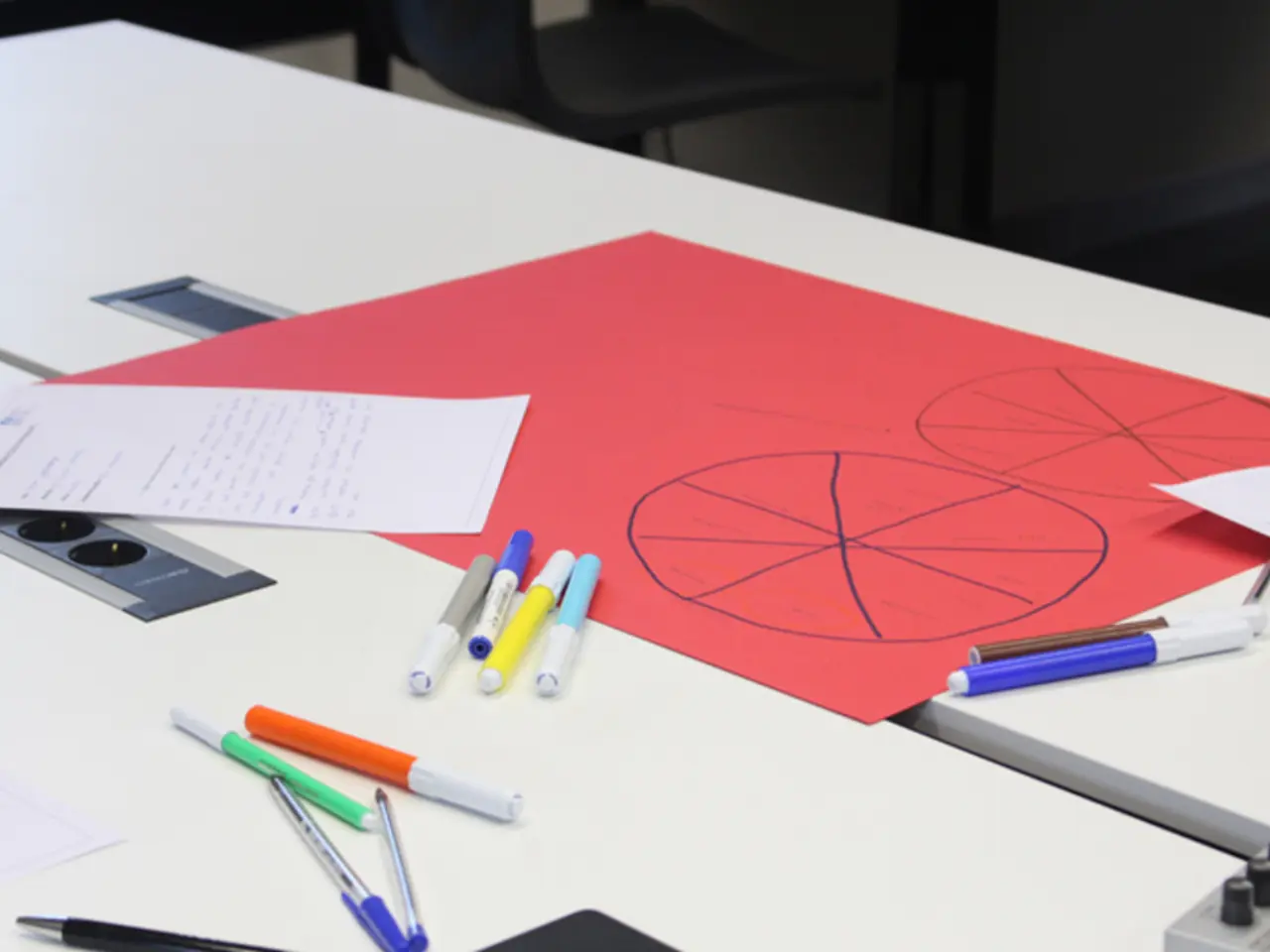Guidelines for Nurturing Children Affected by SMA: Ensuring the Growth and Wellbeing of Infants up to Toddlers
Babies diagnosed with Spinal Muscular Atrophy (SMA) face unique challenges as they grow, primarily due to progressive muscle weakness and motor function loss. This genetic disorder can lead to developmental delays, respiratory and feeding difficulties, and musculoskeletal deformities.
Muscle Weakness and Developmental Delays
The disorder affects the muscles in shoulders, arms, legs, torso, and hips, causing developmental delays such as poor head control, inability to sit, roll, or walk independently. The severity of these challenges depends on the type of SMA a baby has.
Respiratory and Feeding Issues
SMA can also lead to respiratory difficulties, including weakened cough and breathing muscles, increasing susceptibility to respiratory infections and complications. Swallowing and feeding problems may also arise due to muscle weakness, which can lead to poor nutrition and the risk of aspiration.
Skeletal Deformities
Skeletal deformities, such as scoliosis, can develop as weakened muscles fail to support normal spinal formation.
Addressing the Challenges
To support growth and development, caregivers and healthcare providers can implement a multidisciplinary care approach. This includes neurologists, pulmonologists, orthopedists, physical and occupational therapists, and nutritionists to address the range of SMA complications comprehensively.
Respiratory support is crucial, with interventions such as non-invasive ventilation, cough assist devices, and vigilant infection management to reduce respiratory complications. Feeding and swallowing issues can be addressed through modified feeding techniques or gastrostomy tube placement if necessary.
Physical and occupational therapies tailored to maintain mobility, improve muscle strength where possible, and prevent contractures and deformities are also essential. Orthopedic issues, such as scoliosis, can be managed through monitoring and when appropriate, surgical intervention.
Disease-Modifying Therapies
The use of disease-modifying therapies (DMTs) like nusinersen, onasemnogene abeparvovec, and risdiplam can slow disease progression and improve motor function, ideally initiated early.
Long-Term Management and Support
Caring for a baby with SMA requires a massive lifestyle adjustment. Long-term management for respiratory and digestive issues is often necessary. Assistive technologies, including medical devices and adaptive equipment, will be essential for SMA care.
Organisations like Cure SMA and the Muscular Dystrophy Association offer resources, information, and support for SMA and neuromuscular disorder caregivers.
Physical therapy is an essential part of a baby’s SMA care, with three main types of therapists: physical, occupational, and speech-language pathologists. These professionals guide babies through exercises to improve strength, balance, and mobility, helping them find safe and accessible ways to perform daily tasks as they grow up.
In recent years, advancements in SMA treatments, many of which didn't exist a decade ago, are prolonging children's lives and ability to function. However, it's challenging to predict long-term outcomes for children with SMA due to the uncertainty of revolutionary treatments. Nevertheless, with the right care and support, babies with SMA can thrive and lead fulfilling lives.
[1] Muscular Dystrophy Association. (2021). Spinal Muscular Atrophy. Retrieved from https://www.mda.org/disease/spinal-muscular-atrophy
[2] National Institute of Neurological Disorders and Stroke. (2021). Spinal Muscular Atrophy Information Page. Retrieved from https://www.ninds.nih.gov/Disorders/All-Disorders/Spinal-Muscular-Atrophy-Information-Page
[3] Cure SMA. (2021). About SMA. Retrieved from https://www.curesma.org/about-sma/
[4] National Institute of Neurological Disorders and Stroke. (2021). Spinal Muscular Atrophy: Treatment. Retrieved from https://www.ninds.nih.gov/Disorders/All-Disorders/Spinal-Muscular-Atrophy-Information-Page#39822363
- Ensuring the health and wellness of babies with Spinal Muscular Atrophy (SMA) might involve addressing chronic diseases like respiratory and feeding issues, as well as managing skeletal deformities like scoliosis, through a multi-disciplinary approach that involves specialists in neurology, pulmonology, orthopedics, physical therapy, occupational therapy, nutrition, and mental health professionals.
- Advancements in medical-conditions like SMA have led to the development of disease-modifying therapies (DMTs) such as nusinersen, onasemnogene abeparvovec, and risdiplam, which can slow disease progression and improve motor function when administered early.
- Caring for a baby with SMA often necessitates a significant alteration in lifestyle, with long-term management for respiratory and digestive issues, and the use of assistive technology, including medical devices and adaptive equipment, becoming essential components of SMA care.
- Parenting a child with SMA may require a focus on mental health, as caring for a child with a chronic condition can lead to increased stress and the need for support resources like those offered by organizations such as Cure SMA and the Muscular Dystrophy Association.
- The extensive progress made in the treatment of SMA in recent years, with many life-prolonging and function-enhancing treatments not available a decade ago, has enabled children with SMA to live longer and more fulfilling lives, although long-term outcomes are still uncertain due to the evolution of revolutionary treatments.




